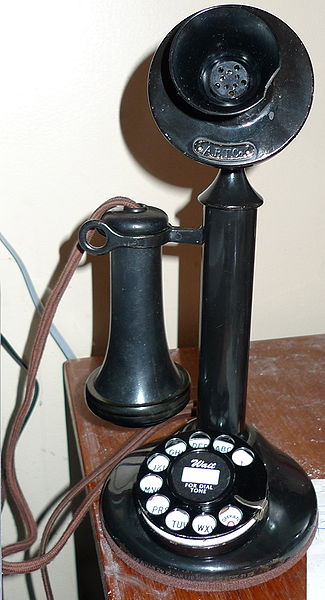ADVA Acquires Overture Networks for Carrier Ethernet NFV
 Carrier Ethernet gets some SDN/NFV love.
Carrier Ethernet gets some SDN/NFV love.
 Carrier Ethernet gets some SDN/NFV love.
Carrier Ethernet gets some SDN/NFV love.
Last autumn’s SDN roadtrip left me totally exhausted – at the moment it’s so bad that I can’t push myself to work on non-urgent things – but there are some conferences are that so awesome that I wouldn’t skip them no matter what.
Troopers 16 (March 14th – 18th in Heidelberg, Germany) is a must-go-to security conference. Past events were fantastic, and when Enno Rey asked me what I’d like to talk about this year it wasn’t hard to come up with three interesting topics:
Read more ... On the heels of Juniper's firewall incident, programmers spot a hole in FortiOS.
On the heels of Juniper's firewall incident, programmers spot a hole in FortiOS.
HPE and Aruba Networks are merging their businesses. What does this mean for customers?
The post PQ Show 70 – The HPE-Aruba Networks Merger – How Is That Going To Work? appeared first on Packet Pushers.
HPE and Aruba Networks are merging their businesses. What does this mean for customers?
The post PQ Show 70 – The HPE-Aruba Networks Merger – How Is That Going To Work? appeared first on Packet Pushers.
 The controller supports transport-to-packet network layers.
The controller supports transport-to-packet network layers.

A Candlestick Phone (image courtesy of Wikipedia)
Greg Ferro (@EtherealMind) posted a thought provoking article about collaboration in his Human Infrastructure magazine (which you should be reading). He talks about the death of IP Telephony and the rise of asynchronous communications methods like Slack. He’s got a very interesting point of view. I just happen to disagree with a few of his assertions.
Greg’s stance that IP Telephony is dead is a bit pointed to say the least. He is correct that the market isn’t growing. It is also true that a great number of new workers entering the workforce prefer to use their smartphones for communications, especially the asynchronous kind. However, desk phones are a huge part of corporate communications going forward.
IT shops have a stilted and bizarre world view. If you have a workforce that has to be mobile, whether it be for making service calls or going to customer sites for visits, you have a disproportionately large number of mobile users for sure. But what about organizations that don’t have large mobile populations? What about financial firms or law offices or hospitals? What about retail organizations? These Continue reading

The post Worth Reading: Intel & the Data Collector of Things appeared first on 'net work.
 Learn from the top NFV PoCs, manage, and orchestrate NFV-based managed services with Versa's January 27th webinar!
Learn from the top NFV PoCs, manage, and orchestrate NFV-based managed services with Versa's January 27th webinar!